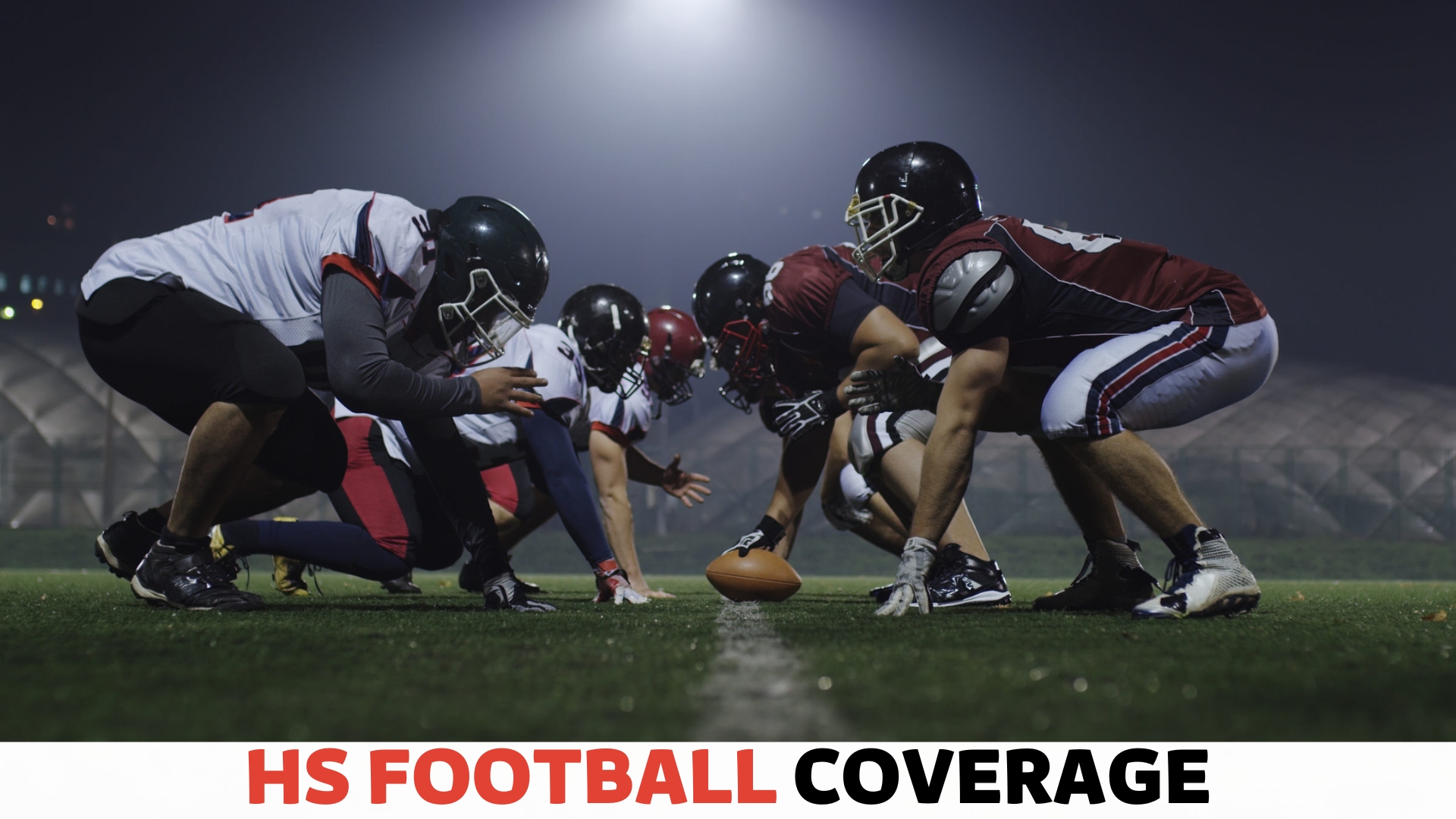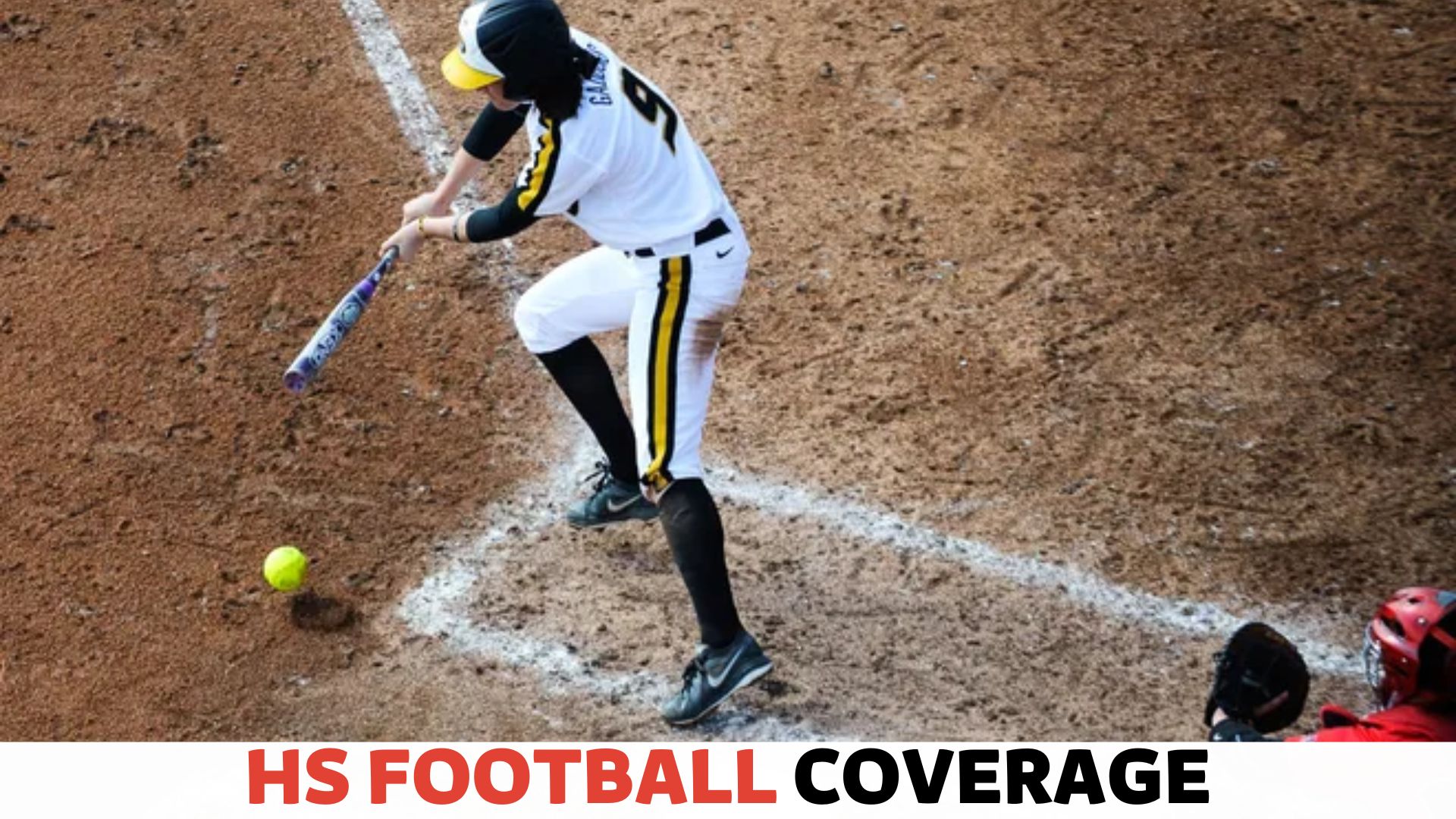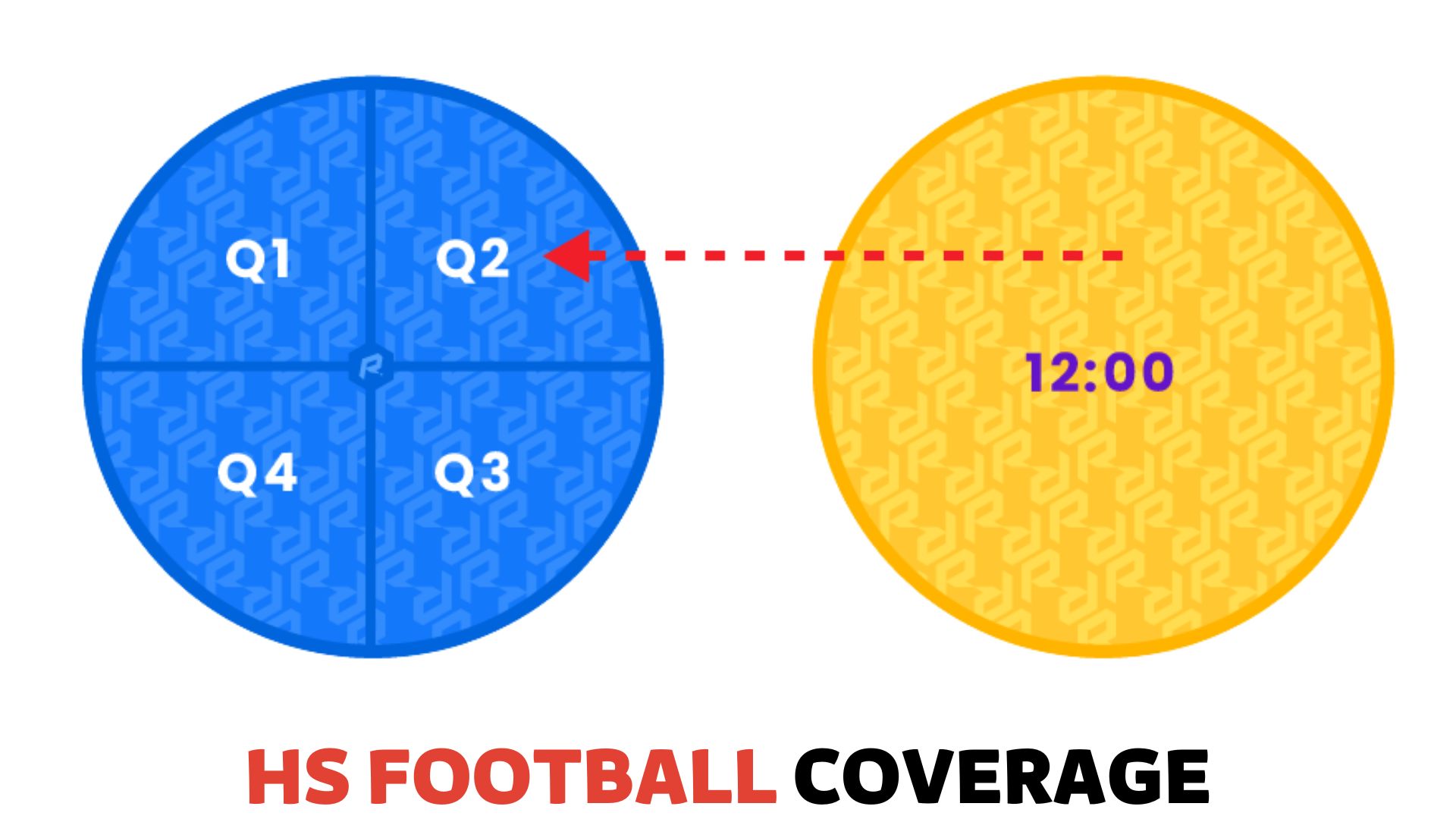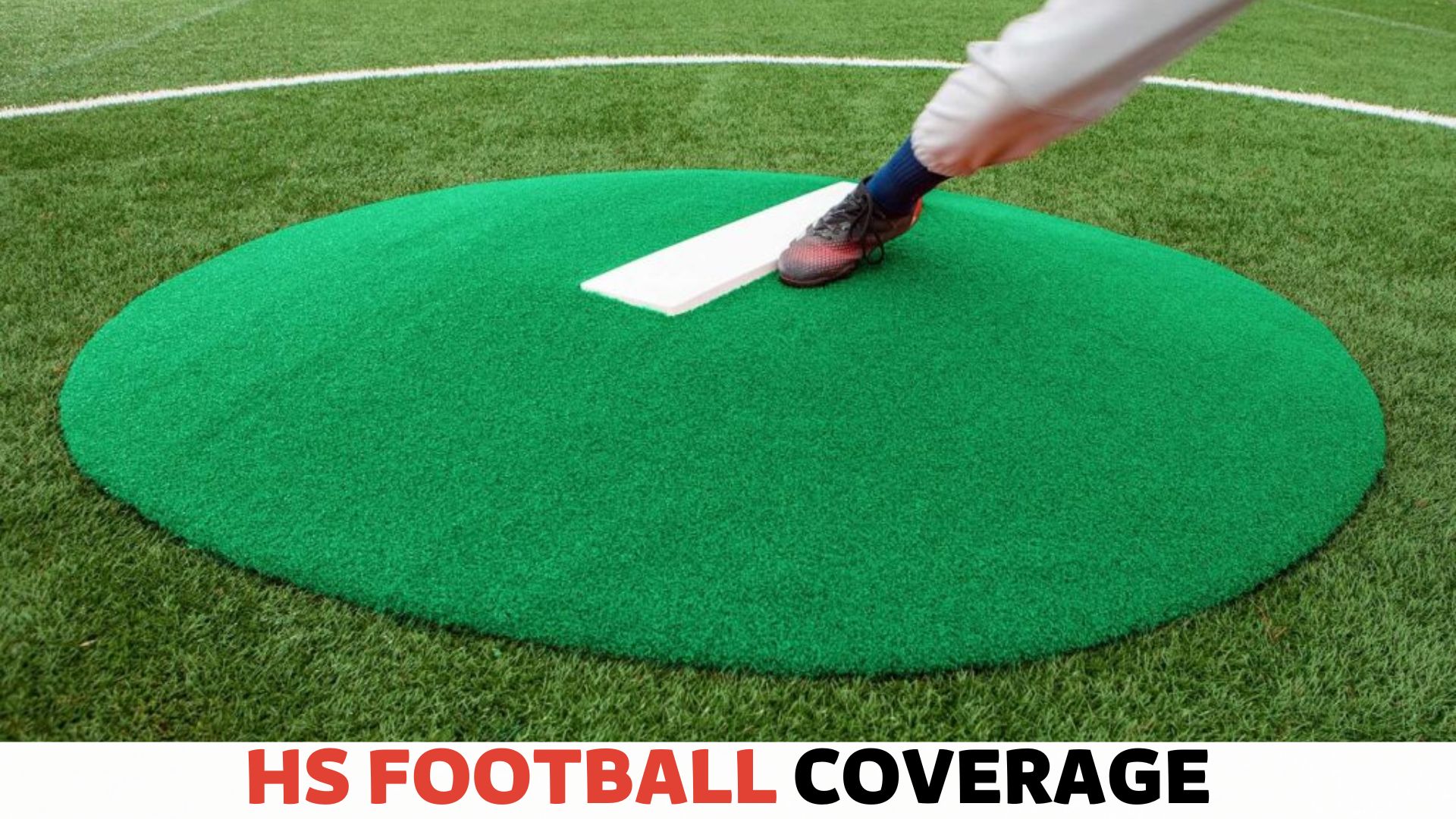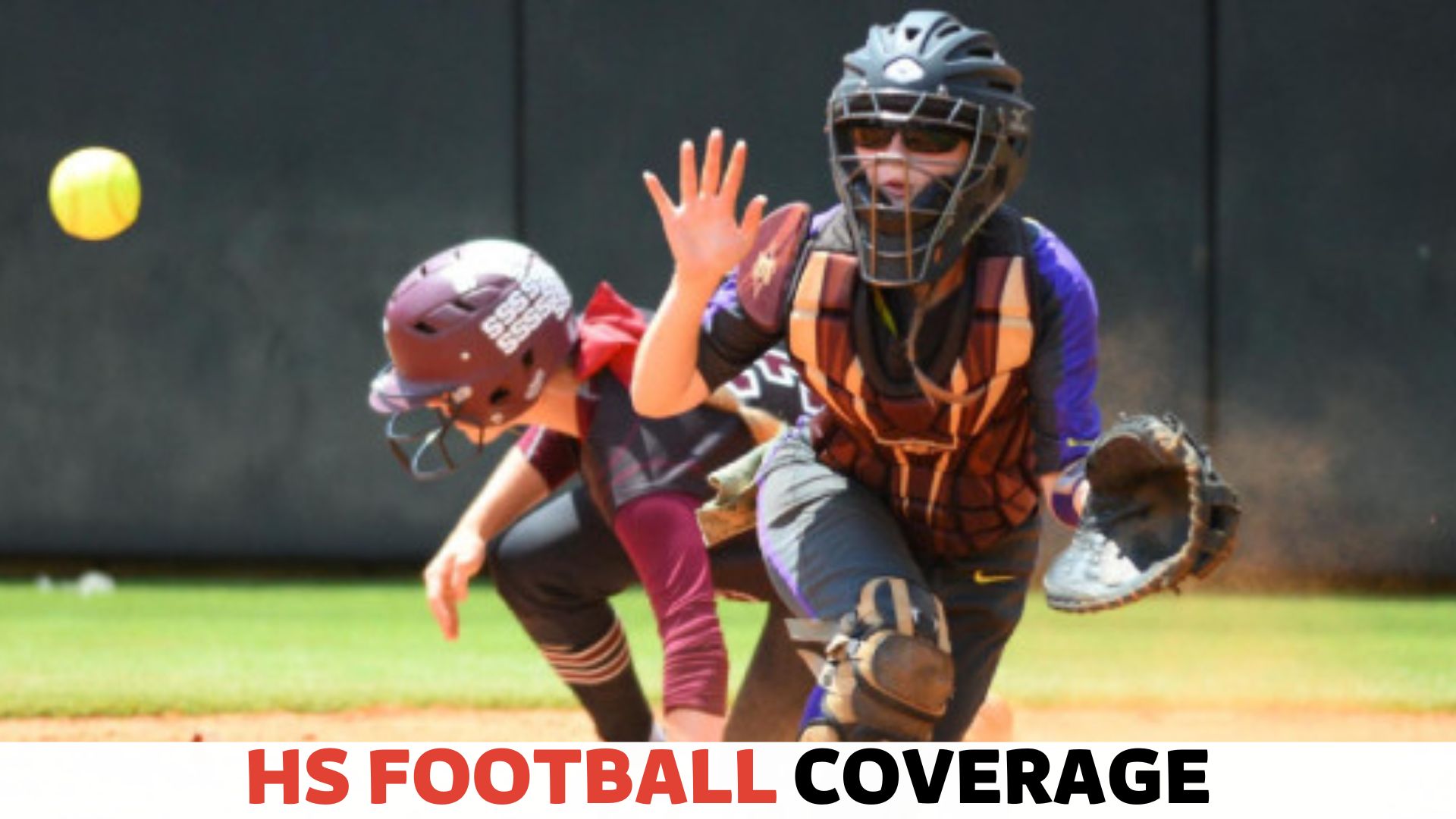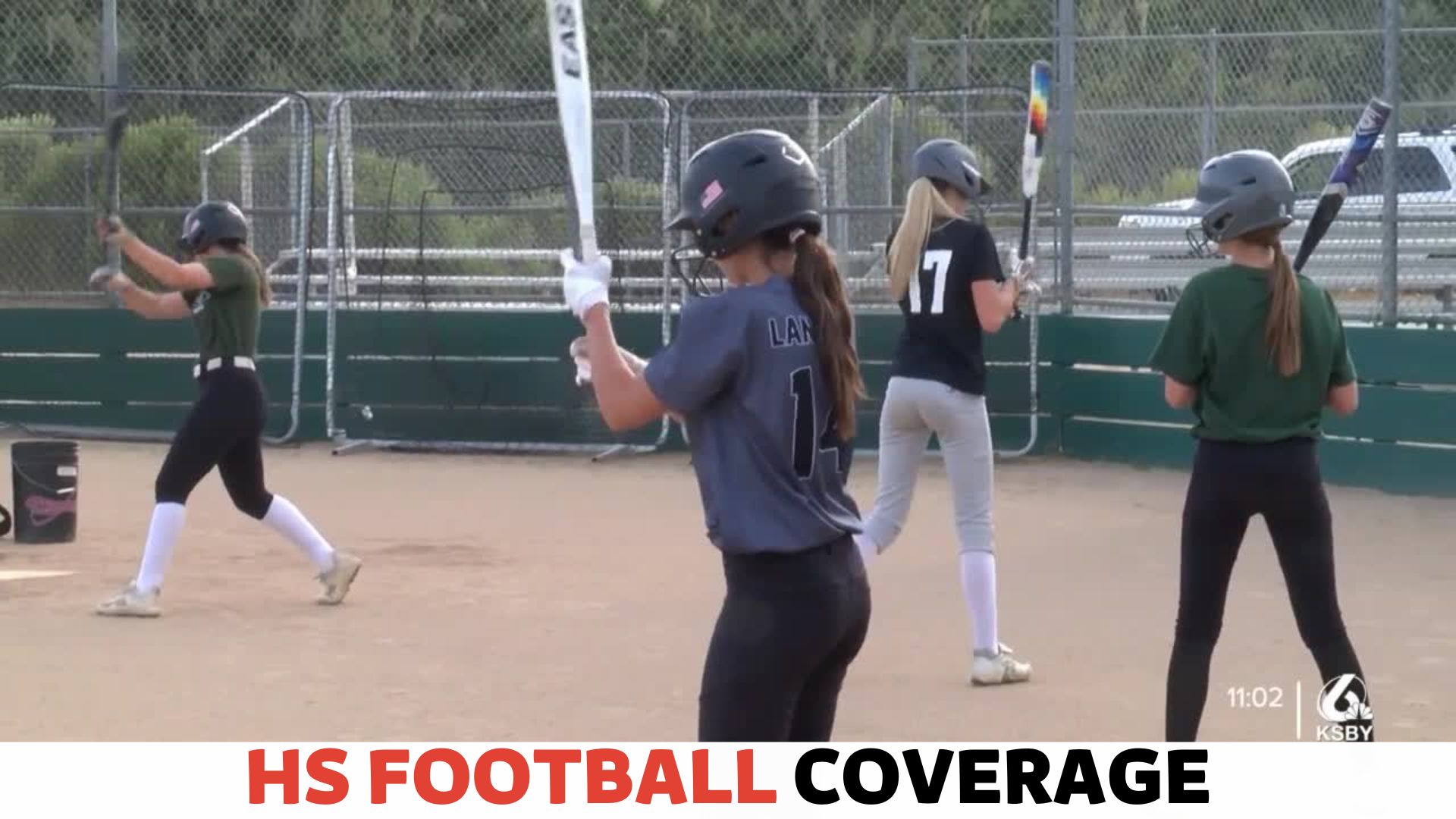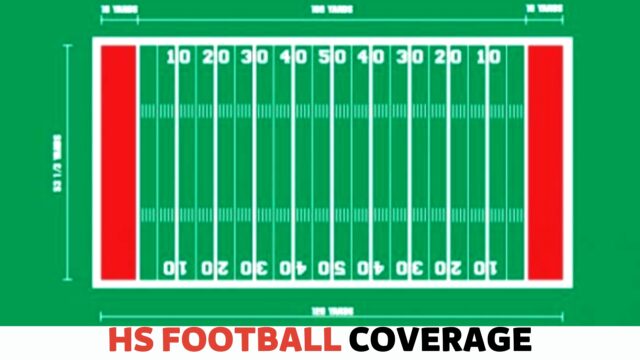
Yes, High School Football fields and NFL fields are the same sizes almost all across the USA. In the Rules, the length must be 100 yards to 130 yards, and the width has to be at least 50 yards, as well as each side having a 10-yard deep end zone.
The size of the football field is the same in High School as it is in the NFL, but the fields are not identical. The Super Bowl is the most-watched event on TV. There are over 16,000 high schools with football teams. For High School Football players, the ultimate goal is playing in the NFL. Sports fans love stats. Stats help us measure the performance of individual players and teams. The bigger and more competitive the league, the more stats there are.
The same is true for football fields. The bigger and more competitive the league, the bigger the field. But what about High School Football fields? Are they the same size as the NFL? In this blog, we’ll look at the different sizes of football fields from High School to the NFL.
Dimensions of High SchoolFootball Fields
High School Football fields vary in size, but most are between 300 and 360 feet long (100 to 120 yards) and 150 to 160 feet (50 to 55 yards) wide. Or 100 yards long to 53 ⅓ yards wide.
The dimensions of High School Football fields can vary depending on where you live, but most states use either an 80-yard by 50-yard space or an 80-yard by 40-yard space for their playing gridiron.
Some states have regulations on the minimum size of a football field, but there is no nationally recognized standard. The size of a football field can have a big impact on the game, as a larger field gives the offense more room to work with and makes it more difficult for the defense to cover the entire field.
Dimensions of NFL Football Fields
The size of an NFL football field has been standardized since the early days of the league. The playing field must be rectangular and must be 110 yards long from end zone to end zone. The field must also be 53 1/3 yards wide. The field is surrounded by a white picket fence that is 5 yards wide.
The sidelines are also required to be at least 10 yards from the nearest boundary line. This is slightly longer than a High Schoolfield, which measures 100 yards long and 50 yards wide.
The field is marked with yard lines every five yards, and there are also hash marks that are one yard apart that help the officials keep track of plays. The end zones are ten yards deep, and there are goalposts at the back of each end zone.
The width of NFL football fields is slightly narrower than that of High School fields, but it’s not as drastic a difference as you might think; in fact, both measurements fall within what most people would consider normal proportions for sports fields (though there are some exceptions).
Comparison of The Size of High School and NFL Football Fields
The size of a High School Football field and an NFL football field may look similar at first glance, but upon closer inspection, it’s clear that there are some differences.
End Zone
Both have 100-yard long by 53.3-yard wide playing fields, but while a High Schoolfield has end zones that are 10 yards deep, an NFL field’s end zones are only half as deep at 8-10 yards. High School Football field is a little bit narrower than NFL fields.
Hash Mark
Additionally, the hash marks on an NFL field are smaller than those on High School field and College Football fields. The Hash Mark for a High School Football field is 53 feet 4 Inches, But for an NFL hash mark is 18 feet 6 inches.
Goal Post
The Goal post of the High School is 20 feet tall from the ground and 23.4 inches wide. At the same time, the NFL Goal post are 30 feet height from the ground and 18.6 inches wide. Finally, the goal posts in the NFL are placed at the back of each end zone, whereas High Schoolgoal posts are placed in the front of the end zone.
There are also some key differences, most notably in Shape. NFL fields are wider than High School fields, and they have longer end zones. These dimensions can have a big impact on the game, so it’s important for players and coaches to be aware of them. But overall, the marking, size, and layout have similarities in High School and NFL.
Other Factors That Affect The Size Of Football Fields
There are a number of other factors that can affect the size of a football field, both at the High School and NFL level.
Other factors that determine the size of a football field include:
- The number of players on the field at any given time. Generally, high school, college, and professional fields have 11 players per team. In some cases, junior high teams only have nine players on each side, and youth leagues can have as few as seven or eight (or even less).
- One of the most important is the level of play, as fields for professional games are typically larger than those for High School games.
- The number of spectators in attendance at games. High School games often draw tens of thousands of fans who sit in stands set up around an oval-shaped playing surface; collegiate games may draw hundreds or thousands, while NFL stadiums can hold more than 100K people.
- Another factor is the climate, as fields in warmer regions may be smaller to prevent the surface from becoming too hard and dry.
- How many cameras are recording game footage for television broadcasts (and how far away from those cameras do referees need to be positioned)?
- Finally, the type of turf can also affect the size of the field, as synthetic turf may require a larger area to provide a consistent playing surface.
Why Do High School And NFL Football Fields Have Different Dimensions?
Though NFL fields and High School Football fields are the same in terms of size, but there are some differences in the dimension of the fields. There are a few reasons why High School and NFL football fields have different dimensions.
One reason is that NFL fields are typically 100 to 120 yards long, while High School fields can be anywhere from 100 yards long. This difference in length allows for more plays and more strategy in the NFL game.
Another reason is that NFL fields are typically 60 yards wide, while High School fields can be as wide as 50 yards. This difference in width allows for more space for players to spread out and make plays.
Finally, the end zones in NFL stadiums are typically 10 yards deep, while High School end zones can be as deep as 20 yards. This difference in depth allows for more room for players to run and make plays in the end zone.
High School Football Fields Are Slightly Longer Than NFL Fields
High School Football fields are slightly longer than NFL fields.
A High School Football field is 100 yards long, while an NFL field is 110 yards long. This means that the width of a High School Football field is slightly shorter than that of an NFL one: 53 1/3 yards compared to 53 1/3 yards (though both are still very wide).
FAQs
Here is a FAQ that has been answered.
What’s The Difference Between The High School Football Field And The Pro Football Field?
The size of the football fields is pretty similar. The difference is in the width and the length. The pro football field is usually wider than the High School Football field. Also, the NFL uses an end zone, which is a goalpost-like structure. This is an area that players must run through when they are on offense.
Conclusion
While the NFL is a professional league, the rules and gameplay are very similar in high school. In fact, a lot of the fields in high school are the same size as the fields that the pros play on. An NFL football field may be the same dimensions as a high school football field.
But NFL dimensions are different from high school dimensions in three ways: the hash marks, the goal posts, and the end zones. We hope you enjoyed our post about High School Football Fields and NFL Football Fields.
- Read Also: What Size Football Does High School Use?







